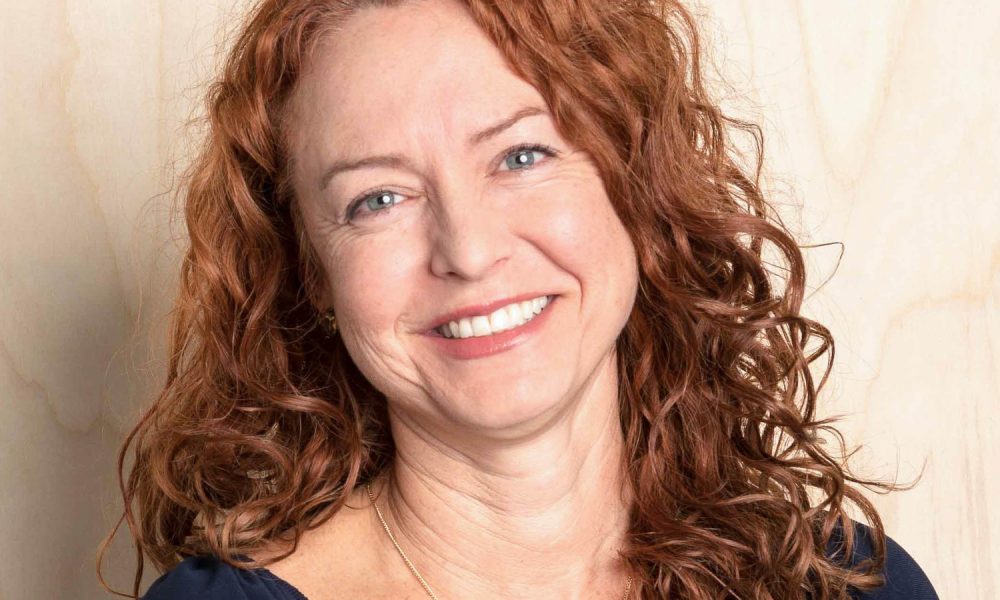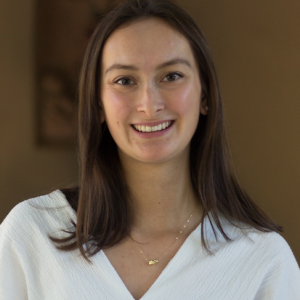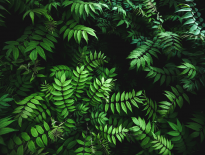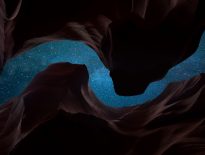Over the next few weeks, we will run a Q+A series to showcase some of the incredible change-makers who are speaking at Living Future 20. This week, we are featuring Sonja Bochart IIDA LEED AP BD+C WELL AP, Principal at Shepley Bulfinch + Biophilic Design Consultant.
Natalie Quek: What does sustainability look like to you?
Sonja Bochart: Sustainability – to maintain and support people and planet health, is a mere starting point in describing the work we must aspire to do as designers of the built environment. We must show up to a whole truly mutual and beneficial way of living and thriving in this world – one that is regenerative. The Living Building Challenge, and the work of the ILFI, has helped to shepherd many of these ideas and principles forward. Biophilic design, as outlined in the Challenge, helps to guide us in collectively, intentionally, and meaningfully fostering these human-nature connections, so that the uniqueness of each place, its ‘essence’, serves as the foundation for the design approach of the project. This kind of thinking and approach is transformational for us individually, for the place, and for the community in which the project serves. These are also the places which people love, more deeply connect to, and take care of.
NQ: What initially drew you to aa career in sustainability?
SB: I have been interested in environmental psychology and the influence that space, design and creativity can have on the human psyche, and on both physical and mental well-being, from an early age. In observing my father’s long, healing-journey with cancer – his experiences within hospitals, and the benefits of a natural medicine and mind-body healing approach, I was led to a fascination with medicine and health, and eastern healing modalities. Growing up in the Sonoran Desert, I also developed a deep love of indigenous knowledge. I have found myself led to be working in this space with biophilic design, as both a continuous student and teacher, with my work taking shape in ways I could have never predicted – like having opportunities to guide individuals and teams through activities as deep sensory awareness, awakening to sense of place, and spiritual and environmental education. It is quite wondrous to experience people connecting deeply to place, observing this sacred connection they find to themselves and to others. It’s powerful and beautiful, and it’s all about interconnections that are at the core of being human. I am in constant gratitude for the opportunity to do this work.
NQ: What does this year’s theme, Sustaining Hope within Crisis, mean to you? How does this translate to your personal or professional life?
SB: For me, it has been helpful to my work and overall well-being to consider that these constraints and resisting forces, as heavy as they might feel, can actually create a tension that propels us to personally evolve, think more deeply, and act more purposefully. Instead of considering a crisis as something that is happening to us, can we instead consider it a wake-up call?
I often step back and consider these challenges as that of an observer. This takes a mindful approach, commitment to being present and a remembrance to always breathe deeply. I spend a great deal of time disconnecting when my mind might “think” I should be constantly working, thinking and acting. I found the most powerful things to do is often less. I listen to my body, and restore through art (creating and experiencing), writing, spending time in nature, teaching and serving others, reconnecting with my senses, spending time with my young daughter, cooking and eating well, and practicing yoga. Sometimes this means a hot yoga practice to detox and unwind, and other times it’s reflective, slow and restorative – learn to listen to what your body needs! When I do these things, I find I have the personal will, well-being, and optimism to do hard work and continue to believe we as humans have the capacity and creativity to evolve to a better place – together.
NQ: What gives you hope?
SB: Hope is everywhere if you are aware and awake. For me, it is found in spending time with my daughter, and with children, my community, family, and friends. It is found in all of the splendor of the natural world, in the storytellers, poets, artists, shamans, indigenous people, the young designers and students, in the courageous activist, and in the teachings of my many teachers and mentors. I find hope even in those things I defy or struggle to understand – captured in those moments of compassion, opening and understanding. I find it deeply woven into the practice of mindfulness, yoga, and – of course – spirituality. Hope can be found everywhere; it takes conscious intention and heartfelt effort to take the time to restore and reconnect to these many sacred things.
One of my favorite quotes is: “There are only two ways to live your life. One is as though nothing is a miracle. The other is as though everything is a miracle.” ― Albert Einstein
NQ: Can you give us a taste of what you’ll be talking about in your session at Living Future?
SB: This experiential learning session will focus on engaging participants to help them better implement regenerative thinking and biophilic design on their current built environment projects through the use of dynamic frameworks. Supporting greater equity, inclusion, and human-nature connections, these design methods and tools guide us in manifesting holistic project transformation and delivering value to all stakeholders rooted in the unique essence of place. Through these frameworks participants can consider new ways to approach the work they are doing, strengthening their biophilic design integration and evolving their own regenerative design capabilities.
NQ: What’s a must-read/watch/listen for anyone involved with the sustainability community?
SB: Just a few of my favorite reads, and applicable to our session:
Biophilia – Edward O. Wilson
Regenerative Development and Design, Mang, Haggard, Regenesis
Braiding Sweetgrass: Indigenous Wisdom, Scientific Knowledge and the Teachings of
Plants – Robin Wall Kimmerer
On experiential biophilic design process: Phipps Conservatory + Botanical Gardens
An inspiring LBC owner’s perspective (Ted Talk)
NQ: Can you describe what Living Future is like to someone who has never been?
SB: The Living Future Unconference provides the opportunity to learn, evolve and connect at so many levels. The sessions and presentations are dynamic, engaging, inspiring – truly life-changing. This is the place to elevate your thinking and practice, learn from the greatest minds in the field, hear about projects that are truly transforming our communities, and make life-long connections (and the after parties aren’t too bad either). The first few years I attended, I didn’t have much in my office’s financial support to attend, so I self-funded – worth every penny and more. This is the place to be if you want to design and live in a way that supports human and ecological health. I consider it a priority to attend – I haven’t missed a conference in 9 years!
Can’t wait to hear more from Sonja? She will speak at the Living Future 20 Online Session Series. Details to be announced!



